
Most seafood options contain zero to minimal net carbs per serving, making them excellent choices for low-carb diets. Fresh fish like salmon, tuna, and mackerel offer high-quality protein and healthy fats without significant carbohydrates, while shellfish such as clams and oysters contain slightly higher but still modest carb counts. Simple preparation methods like grilling and baking maintain seafood's naturally low-carb profile, though processed versions with breading can increase carbohydrate content. Understanding proper selection and preparation reveals seafood's full potential.
Key Takeaways
- Most seafood contains zero net carbs per serving, making it an excellent choice for low-carb diets.
- Shellfish like clams and oysters have minimal carbs, ranging from 3-4 grams per 100g serving.
- Avoid breaded or battered seafood preparations, as these significantly increase carbohydrate content.
- Fresh, frozen, and simply prepared seafood maintains naturally low carb counts while providing healthy proteins and fats.
- Grilling, baking, or steaming seafood with herbs and spices keeps dishes flavorful without adding carbohydrates.
Understanding Net Carbs in Popular Seafood Options
When exploring seafood options for a low-carb diet, understanding net carb content becomes essential for making informed dietary choices. Most seafood options naturally contain zero net carbs per serving, making them excellent choices for low carb diets.
Fish like mackerel deliver high-quality protein and healthy fats without considerable carbohydrates, while shellfish such as clams contain minimal net carbs at 3.57g per 100g serving.
It's important to distinguish between fresh cooked varieties and processed seafood items, as breading and batters can considerably increase carbohydrate content.
For convenience, canned seafood provides accessible options while maintaining relatively low net carbs, with items like canned oysters containing just 4.25g of net carbs per 100g, making them suitable for carb-conscious meal planning.
Essential Guide to Fish and Shellfish Carb Content
Understanding the carbohydrate content of various fish and shellfish species enables individuals to make informed decisions about their low-carb dietary choices. Seafood generally provides excellent nutritional value while maintaining minimal carb content, making it ideal for ketogenic diet followers. Most fish contain zero net carbs, while specific shellfish varieties have slight variations in their carb content. Fresh meat and poultry are rich in B vitamins and essential minerals, supporting muscle mass preservation and cardiovascular health.
| Seafood Type | Net Carbs (per 100g) | Protein Source |
|---|---|---|
| Fish (Salmon/Tuna) | 0g | Excellent |
| Clams | 3.57g | High |
| Oysters (Canned) | 4.25g | Moderate |
| Scallops/Lobster | 0g | High |
This thorough breakdown shows that most seafood options align perfectly with low-carb dietary requirements while delivering essential proteins and nutrients, making them valuable additions to any carb-conscious meal plan.
Best Low-Carb Seafood Choices for Weight Management
Selecting the right seafood options plays an essential role in successful weight management while following a low-carb lifestyle. Seafood lovers can choose from numerous nutritious options that contain minimal net carbs, including salmon, tuna, and shrimp, which offer zero net carbs per serving. For those seeking variety, shellfish like clams provide only 3.57g of net carbs per 100g, while oysters contain 4.25g, making them excellent choices for low-carb meal planning. Additionally, incorporating omega-3 rich fish such as mackerel and sardines supports overall health while maintaining carb restrictions. Preparation methods like grilling and baking enhance the natural flavors of these low-carb options without adding unnecessary carbohydrates, creating satisfying meals that align with weight management goals. The keto diet improves insulin sensitivity and reduces HbA1c levels, indicating improved long-term glycemic control, which can be beneficial when pairing a low-carb seafood diet with diabetes management.
Smart Seafood Selection Tips for Ketogenic Diets
Successful navigation of seafood choices for ketogenic diets requires careful attention to both nutritional content and preparation methods. Most seafood naturally aligns with low-carb eating, as fish like salmon and tuna contain zero net carbs per serving, while shrimp contributes minimal carbohydrates at 0.5g per half serving. Smart selection begins with choosing fresh or frozen seafood over breaded varieties that can increase carb content. While canned seafood offers convenience, careful label reading helps identify hidden carbs from additives. Incorporating fatty fish into meal planning serves dual purposes, delivering essential omega-3 fatty acids while maintaining ketogenic guidelines. For best results, prioritize unprocessed options and diversify choices among fish and shellfish, keeping in mind that some shellfish, like clams and oysters, contain slightly higher net carbs than fin fish. Including seafood in a ketogenic diet can also improve insulin sensitivity, which is crucial for managing type 2 diabetes.
Hidden Carbs in Prepared Seafood Dishes
While plain seafood naturally contains minimal carbohydrates, prepared seafood dishes can harbor substantial hidden carbs that may derail low-carb dietary goals.
Common culprits include fish tacos with flour tortillas, battered fish, and seafood dishes featuring sweet sauces like teriyaki or sweet and sour.
Even seemingly healthy options, such as seafood salads with mayonnaise or creamy dressings, may contain unexpected carbs from added sugars and starches.
Frozen seafood meals often include fillers and preservatives that increase carbohydrate content, making careful review of nutritional information essential.
To maintain a low-carb eating plan, opt for simple preparations such as grilled seafood, baked preparations, or steamed dishes with minimal sauces, ensuring the natural flavors of seafood remain prominent while avoiding unnecessary carbohydrates.
Some research suggests that lower carbohydrate intake through methods like the ketogenic diet may starve glucose-dependent cells, potentially impacting cancer cell growth.
Pairing Seafood With Other Low-Carb Foods
Seafood's versatility shines through its compatibility with numerous low-carb accompaniments, from crisp vegetables to healthy fats. Creating a well-balanced low-carb meal becomes effortless when pairing protein-rich seafood with complementary sides like zucchini noodles, cauliflower rice, or sautéed leafy greens. The addition of flavor enhancers such as herbs, spices, and cream-based sauces can transform simple seafood dishes into satisfying meals while maintaining minimal carbohydrate content. To maximize nutritional benefits, consider incorporating fatty fish like salmon which is rich in omega-3s and protein, into your seafood-based meals.
Complementary Low-Carb Side Dishes
When preparing a low-carb seafood dish, selecting complementary side dishes that maintain the meal's low-carb profile is essential for achieving dietary goals.
Leafy greens and cruciferous vegetables pair exceptionally well with seafood while keeping carbohydrate content minimal, typically providing only 3-9 grams of carbs per 100 grams. A creamy mushroom sauce made with heavy cream offers richness without greatly increasing carb content.
- Combine grilled fish with roasted broccoli or cauliflower for a nutrient-rich meal
- Create vibrant seafood salads using mixed greens, cucumbers, and bell peppers
- Add avocado for healthy fats while maintaining low net carbs
- Serve salmon or shrimp alongside sautéed spinach or kale for a vitamin-packed combination
Perfect Seafood Flavor Enhancers
Enhancing seafood's natural flavors requires thoughtful pairing with complementary low-carb ingredients that elevate the dish without compromising dietary goals.
Low-carb vegetables like spinach, zucchini, and asparagus provide both nutritional value and flavor while maintaining a minimal carbohydrate count, typically ranging from 3-9 grams per 100 grams.
Adding healthy fats such as avocado and olive oil brings richness to seafood dishes without contributing net carbs, while herbs and spices offer endless flavor possibilities without impacting carbohydrate levels.
Full-fat dairy products can create luxurious sauces with minimal carbs, and sugar-free condiments like lemon juice and mustard add brightness to low-carb meals.
These thoughtful combinations guarantee that seafood remains both flavorful and aligned with low-carb dietary requirements.
Frequently Asked Questions
What Seafood Has the Least Amount of Carbs?
Most fish types, crab, and lobster contain zero net carbs when prepared plainly. Shrimp varieties follow with minimal carbs, while shellfish options like clams have slightly higher carb content.
Is a Low Carb Diet Based on Net Carbs?
Low carb diets primarily focus on net carbs, calculated by subtracting dietary fiber from total carbohydrates. This approach to carbohydrate counting aligns with ketogenic lifestyle guidelines for effective meal planning and weight loss.
Can I Eat Prawns on a Low Carb Diet?
Prawns are ideal for low carb diets, offering versatile meal prep options through various cooking methods like grilling. Their high nutritional value, minimal carbs, and abundant health benefits make them excellent seafood alternatives.
Can I Eat Mussels on a Keto Diet?
Mussels fit perfectly into a keto diet, offering excellent nutrition with low carbs and high protein. Sustainable shellfish preparation methods like steaming or garlic butter cooking maintain their keto-friendly benefits while maximizing flavor.
Conclusion
Seafood remains an excellent choice for those following low-carb and ketogenic diets, with most fish and shellfish containing minimal carbohydrates in their natural state. While being mindful of prepared dishes and certain accompaniments that may add hidden carbs, consumers can confidently incorporate a wide variety of seafood into their meal plans. By selecting fresh options and pairing them with low-carb sides, seafood offers a nutritious, versatile foundation for carb-conscious eating.

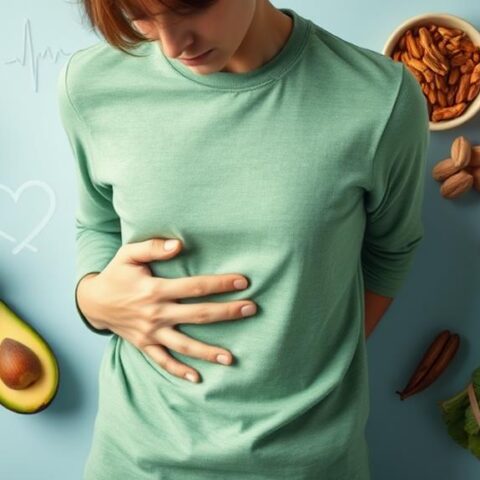

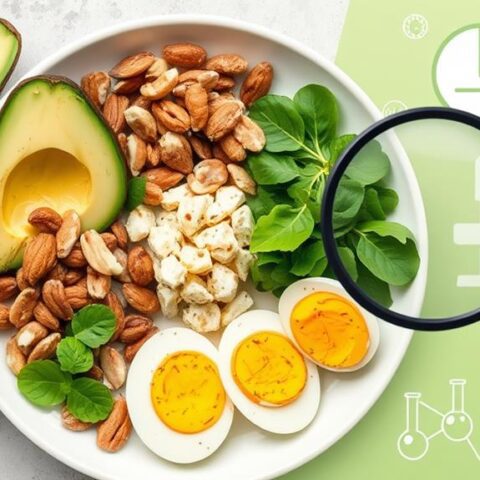


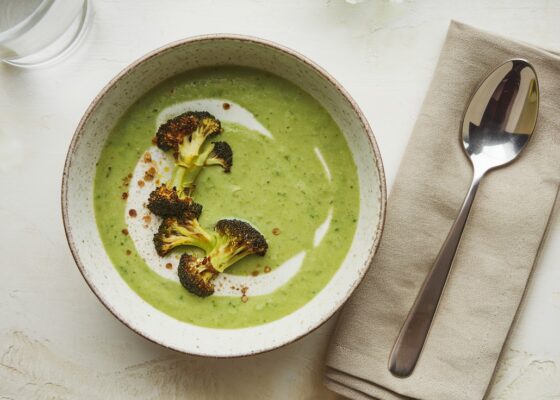
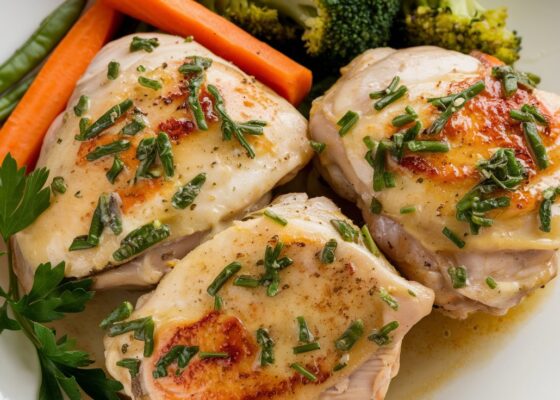
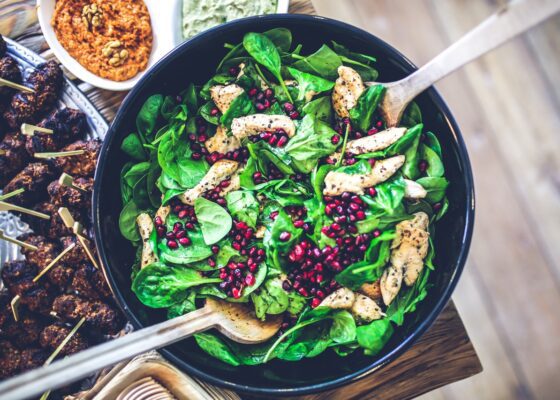
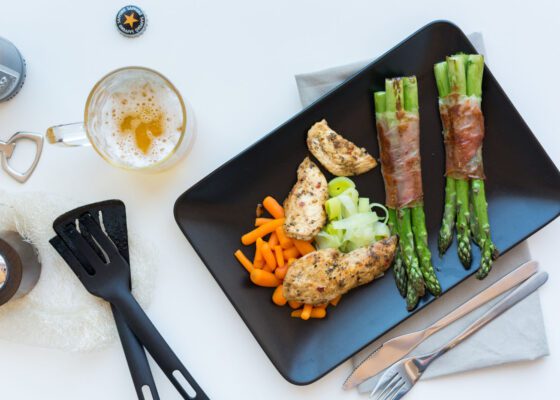
No Comments